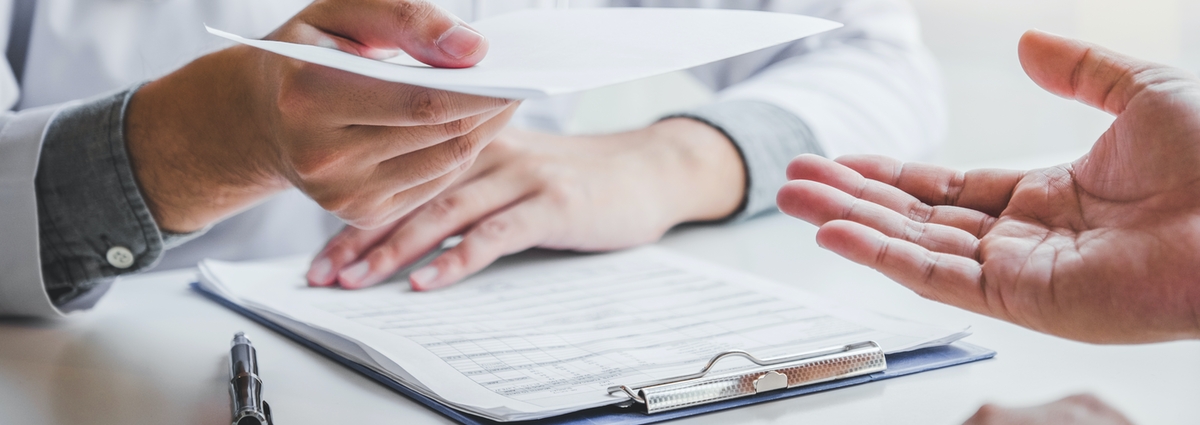
Tests and Services
Pulmonary function tests (PFT):
Comprehensive pulmonary function tests (PFT) are a group of tests comprising baseline spirometry, post-bronchodilator spirometry, diffusion capacity analysis (also known as DLCO or diffusion capacity of lung for carbon monoxide), lung volumes, and maximum voluntary ventilation (MVV) measurements. These tests are used for screening, profiling, and quantifying the severity of lung diseases.
Polysomnography Study at Home or at the Centre
Nocturnal respiratory polygraphy is a technique performed at home or at the Centre, and is a method used to study snoring and obstructive sleep apnoea-hypopnoea.
CPAP Titration
By using an AutoCPAP (Automatic Continuous Positive Airway Pressure) for at least 3 nights at home, the pressure that corrects apnoea-hypopnoea will be determined and CPAP equipment can then be programmed.
Pulse oximetry
Pulse oximetry is a test that uses a device called a pulse oximeter. It is a quick and painless way to check blood oxygen levels, with no known risks. It is a non-invasive method that allows the percentage of oxygen saturation of haemoglobin in blood to be determined using photoelectric methods. This technique is performed by placing the pulse oximeter on a part of the body that is relatively translucent and has good blood flow, such as the fingers, toes, or earlobe. The pulse oximeter emits red and infrared wavelengths of light that pass sequentially from an emitter to a photodetector through the patient, and the measurement is obtained.
Walking test (6-minute walk)
The 6-minute walk test (6MWT) is a cardiorespiratory exercise test that measures the maximum distance a person can walk in 6 minutes.
What is it for?
- The test helps to establish the prognosis, assess the progression and response to treatment of respiratory diseases.
- Assess the necessity and effect of certain treatments. It is necessary, for example, to determine the use of oxygen.
Preparation:
- The patient should come in on any empty stomach
- Comfortable clothing and footwear
- No smoking a few hours before the test.
Video bronchoscopy
It is a procedure that involves visualising the airways (larynx, windpipe and larger bronchi) in order to diagnose lung diseases by collecting respiratory secretions and lung tissue.
It is an indispensable tool in the diagnosis and treatment of respiratory diseases. Thanks to the information provided by his practice, specific treatment can be planned appropriately, achieving personalised therapy and choosing the most suitable treatment for each patient.
Indicated for:
- Analysis of infectious diseases caused by viruses, bacteria, fungi, or tuberculosis.
- Study of lung masses and nodules.
- Interstitial lung diseases [Extrinsic allergic alveolitis (EAA), Idiopathic Pulmonary Fibrosis (IPF), Nonspecific interstitial pneumonia (NSIP), etc.]
- Therapeutic for drainage of secretions and airway permeabilisation in atelectasis.
- Therapeutic for haemoptysis (coughing up blood) as well as for identifying the source of active bleeding
Techniques:
- Bronchoaspirate for microbiological and cytological examination
- Bronchoalveolar lavage for microbiological, cytological, and lymphocyte population studies
- Bronchial biopsy
- Biopsy of endobronchial lesions
- Transbronchial biopsy for the study of lung tissue in cases of interstitial lung disease and lung masses
- Bronchial brushing for cytological examination
- Suctioning of secretions for patients with bronchiectasis and atelectasis
- Bleeding control in cases of haemoptysis
- Complicated bronchoscope-guided intubation


































